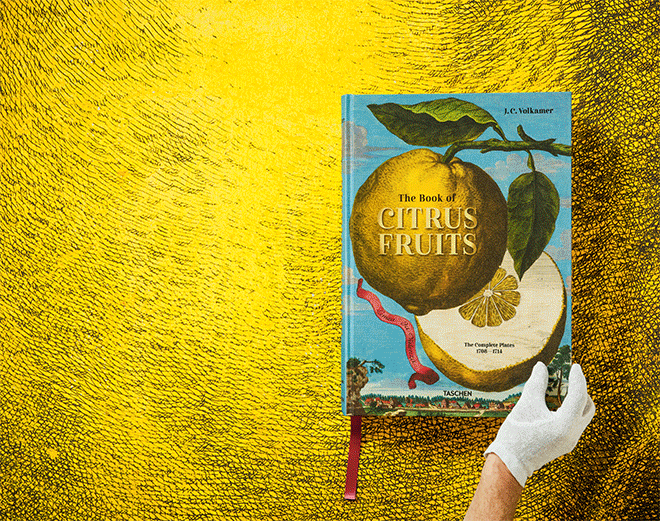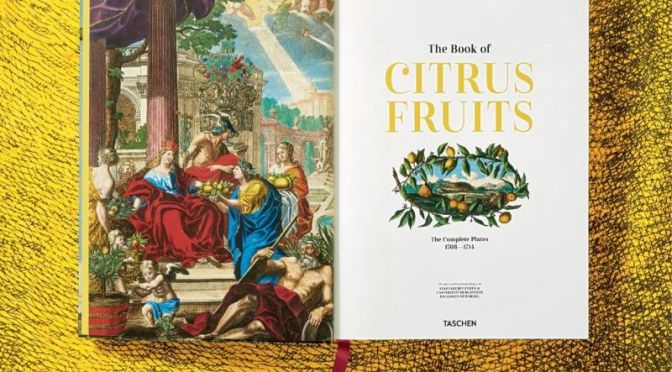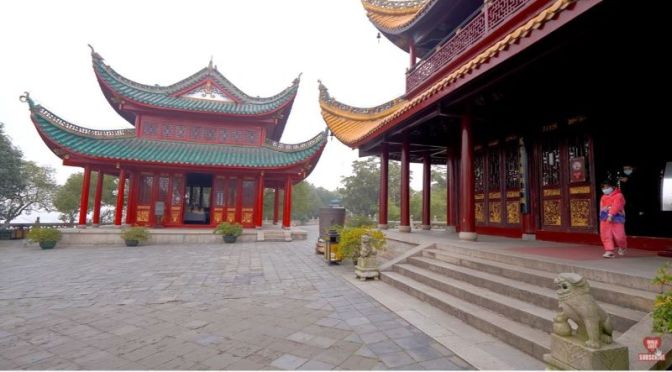‘Pagurus’ – A solar-powered amphibious catamaran by Lazzarini Design.
Daily Archives: January 1, 2021
Nature: Local Woods In ‘Navarra – Spain’ Using Infrared Timelapse (Video)
Filmed and Edited by: Txema Ortiz
An audiovisual poem, a fantastic story towards a dream place. We try to create an Atmosphere of Orange-Red-Yellow tones, thus giving a different image and turning the places into magic. Nature is shown in another way, one more reason to be conserved and pampered, since it is inhabited by a multitude of species, including “the slug”,
Navarra (Navarre) is a geographically diverse region in northern Spain. A medieval Basque kingdom, it was annexed by Castile in the 16th century. Dotted with remote villages, its capital and largest city is Pamplona, famous for its annual running of the bulls. Pamplona has 16th-century fortifications, the Gothic Santa María la Real Cathedral and the Museo de Navarra, with archaeological and art collections.
Climate Change: Bill Gates On How Best To Fund The ‘Green Revolution’ (Video)
Bill Gates outlines his vision for a global green revolution. He tells Zanny Minton Beddoes, our editor-in-chief, how renewable energy is merely the first step in combatting climate change.
Video timeline: 00:00 – How to fund a green economy 00:38 – Lessons from the pandemic 01:52 – Behaviour change v innovation in technology 03:36 – Most promising renewable technologies 04:31 – Private sector investment in green technology 06:30 – How essential are carbon prices? 07:50 – Net-zero emissions targets for businesses 09:39 – America’s role in climate-change action 12:40 – What are the odds for success of green innovation?
Arts & History: ‘The Book Of Citrus Fruits’ By J.C. Volkamer (Taschen)
Ordering plants by post mostly from Italy, Germany, North Africa, and even the Cape of Good Hope, the Nuremberg merchant Volkamer was a devotee of the fragrant and exotic citrus at a time when such fruits were still largely unknown north of the Alps.

Famous First Edition: First printing of 5,000 numbered copies
Have you ever thought of citrus fruits as celestial bodies, angelically suspended in the sky? Perhaps not, but J. C. Volkamer (1644–1720) did—commissioning an extravagant and breathtaking series of large-sized copperplates representing citrons, lemons, and bitter oranges in surreal scenes of majesty and wonder.
His garden came to contain a wide variety of specimens, and he became so obsessed with the fruits that he commissioned a team of copperplate engravers to create 256 plates of 170 varieties of citrus fruits, many depicted life size, published in a two-volume work.
In both volumes, Volkamer draws on years of hands-on experience to present a far-reaching account of citrus fruits and how to tend them—from a meticulous walk-through of how to construct temporary orangeries, glasshouses, and hothouses for growing pineapples to commentary on each fruit variety, including its size, shape, color, scent, tree or shrub, leaves, and country of origin.
In each plate, Volkamer pays tribute to the verdant landscapes of Northern Italy, his native Nuremberg, and other sites that captured his imagination. From Genovese sea views to the Schönbrunn Palace, each locale is depicted in the same exceptionaldetail as the fruit that overhangs it. We witness branches heavy with grapefruits arching across a sun-bathed yard in Bologna and marvel at a huge pineapple plant sprouting from a South American town. The result is at once a fantastical line-up of botanical beauty and a highly poetic tour through the lush gardens and places where these fruits grew.
Few colored sets of Volkamer’s work are still in existence today. This publication draws on the two recently discovered hand-colored volumes in the city of Fürth’s municipal archive in Schloss Burgfarrnbach. The reprint also includes 56 newly discovered illustrations that Volkamer intended to present in a third volume.
The author
Iris Lauterbach studied art history and romance languages and literature in Mainz, Pavia and Paris and obtained her doctorate in 1985. Since 1991 she has been a member of the research department of the Central Institute for Art History in Munich and teaches the history of garden architecture at the Technical University in Munich. Her main areas of research include France during the 18th century and the history of European garden art from the 16th to the 20th century, while she has also carried out extensive research about the restitution of artworks that were looted during the Second World War.
Aerial Travel: ‘Milan – Italy’ (8K UHD Video)
Milan, a metropolis in Italy’s northern Lombardy region, is a global capital of fashion and design. Home to the national stock exchange, it’s a financial hub also known for its high-end restaurants and shops. The Gothic Duomo di Milano cathedral and the Santa Maria delle Grazie convent, housing Leonardo da Vinci’s mural “The Last Supper,” testify to centuries of art and culture.
Tech: Boston Dynamics ‘Dancing Robots’ (Video)
Our whole crew got together to celebrate the start of what we hope will be a happier year: Happy New Year from all of us at Boston Dynamics. http://www.BostonDynamics.com.
Innovation: The ‘Top Ten 2021 Camper Vans’ (Video)
When you want the freedom and adventure of the outdoors, without the size and price tag of a motorhome, modern camper vans are an increasingly attractive option. From compact, tech-filled campers through to fully-equipped, rugged 4WD’s – there’s a lot to get excited about in the world of outdoor escapes. Let’s check out 10 of the most innovative camper vans coming in 2021
Covid-19 In 2021: End Is In Sight, Challenges Remain

We enter 2021 surrounded by these rays of hope that the end of the pandemic might be in sight. But monumental challenges remain. Vaccine manufacture, distribution, and uptake are substantial pieces of a complex puzzle that must be completed to reach the 75–90 percent vaccination rate that global health experts say is key to stopping the spread.
And the virus itself is almost sure to change as it infects more people, possibly becoming more transmissible or dangerous. For instance, as I write this in late December 2020, public health officials in the UK are reporting the rapid spread of a new strain of SARS-CoV-2 that seems to be highly infectious.
This is a perfect example of the continued surprises this pandemic may yet throw at us. But virologists, epidemiologists, drug developers, and other scientists will continue to band together to study this virus and share information that can help humanity address this and future issues appropriately. In addition to careful monitoring of the virus as it mutates and spreads, I fully expect there to be regular monitoring of vaccinated individuals, further refinement of vaccine, and continued development of new COVID-19 therapies. And I can promise that The Scientist will continue to track these developments closely and provide up to date and accurate information about the COVID-19 pandemic and other scientific issues in 2021 and beyond.
Morning News Podcast: U.S. Covid-19 Vaccine ‘Slow’ Rollout, UK Departs EU
The United States’ COVID-19 vaccine rollout process has gotten off to a slow start. We look back and ahead at the economy. And, The UK officially departs from the EU.
Walks: ‘Yueyang Tower, Hunan, China’ (4K Video)
Yueyang Tower is an ancient Chinese tower in Yueyang, Hunan Province, on the shore of Lake Dongting. Alongside the Pavilion of Prince Teng and Yellow Crane Tower, it is one of the Three Great Towers of Jiangnan.
The famous Yueyang Tower, located at the western city gate of Yueyang in Hunan province, is listed as one of the Three Great Towers in the south of the Yangtze River in China. Yueyang Tower was originally built for military use. The construction of the tower was commissioned by General Lu Su of the Kingdom of Wu during the Three Kingdoms Period(220-280). It was designed as a tower for training, directing marine troops and for military reviews. Standing on the bank of Dongting Lake of Yueyang, Yueyang Tower is magnificent and imposing, overlooking the 400-kilometer waterway scattered with sailing boats. Since the Tang Dynasty(618-907), Yueyang Tower had gradually become a popular tourist destination as well as a favored site for romantic scholars, who would frequent the place for chanting and writing poems.










